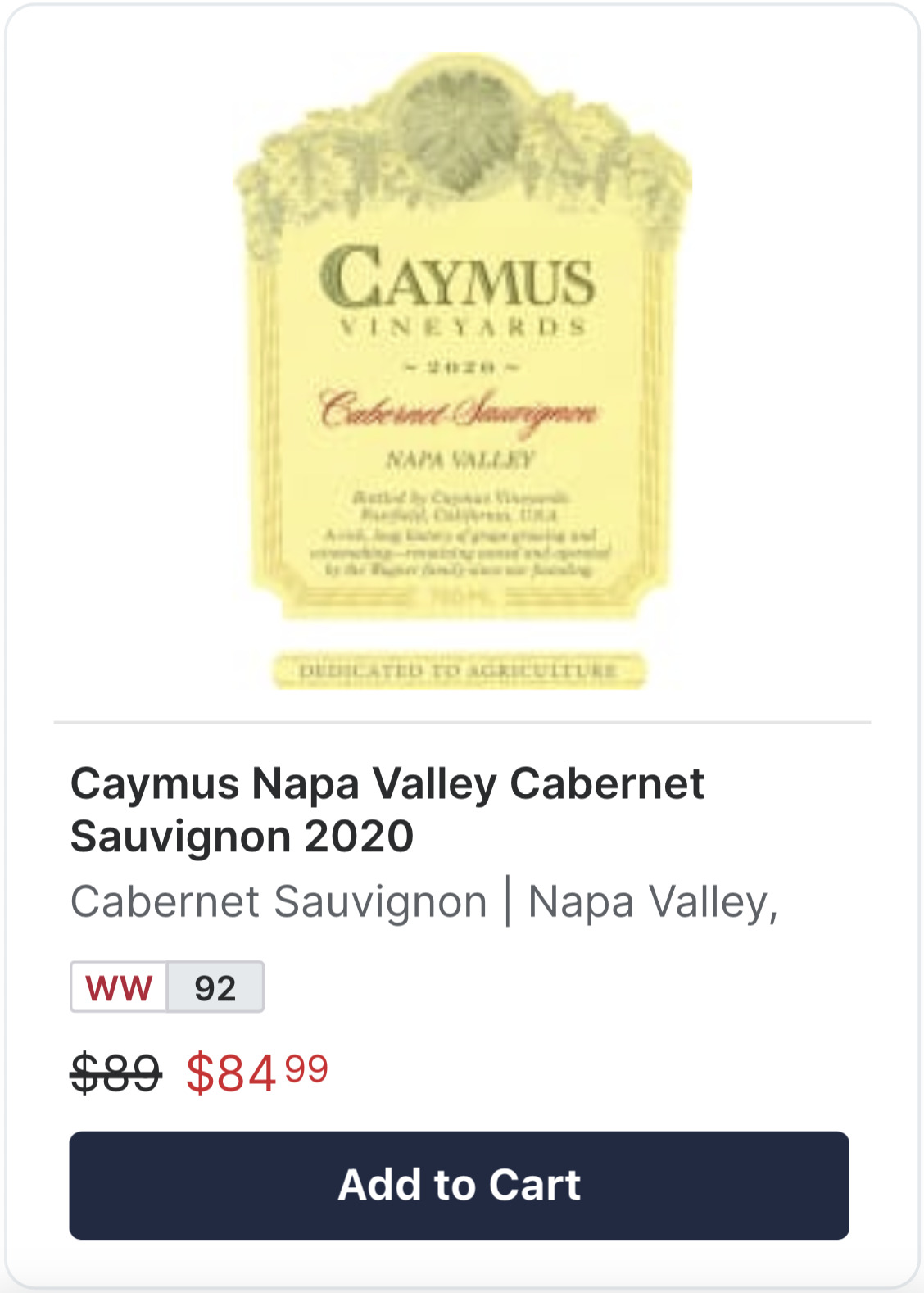
When you make purchases through our links we may earn a small commission.

Photo Credit: OSPAN ALI
Put It On Your Wall: CanvasOnDemand.com
Introduction
In the realm of discussions, debates, and conversations, staying on track and maintaining a clear focus can often prove challenging. Tangential arguments, also known as tangents, are common diversions that veer away from the main topic, making it difficult to maintain productive and efficient dialogues. In this article, we will explore tangential arguments, their impact on conversations, and strategies to keep discussions on the right path.
Understanding Tangential Arguments
A tangential argument is a discussion or point raised within a conversation that deviates from the primary topic at hand. These tangents can be related to the main discussion, but they often take the conversation down a different path, causing confusion and making it harder to reach a meaningful conclusion. Tangential arguments can be frustrating for all parties involved, as they consume time and energy without contributing to the resolution of the core issue.
Common Causes of Tangential Arguments
Tangential arguments can stem from various sources, including:
Lack of clarity: When the initial topic or question is unclear or vaguely defined, participants may inadvertently stray off course as they attempt to interpret or redefine the subject matter.
Emotional reactions: Strong emotions, such as anger, frustration, or defensiveness, can trigger tangential arguments by leading participants to react impulsively rather than sticking to the main point.
Personal agendas: Some individuals may introduce tangential arguments to pursue their own interests or to divert attention away from uncomfortable subjects.
Differing communication styles: Discrepancies in communication styles, where one person prefers to stay focused on the core issue while another prefers to explore related ideas and concepts, can lead to tangential arguments.
The Impact of Tangential Arguments
Tangential arguments can have several negative consequences in discussions:
Reduced productivity: Time and energy are wasted on peripheral topics, hindering the resolution of the main issue.
Frustration and confusion: Participants may become frustrated and confused when discussions go off track, leading to unproductive exchanges and potential conflict.
Lack of resolution: Tangential arguments can prevent meaningful conclusions from being reached, leaving participants feeling unsatisfied.
Erosion of trust: Over time, repeated tangential arguments can erode trust among participants, making it harder to engage in productive conversations.
Strategies to Handle Tangential Arguments
To effectively manage tangential arguments and maintain productive conversations, consider the following strategies:
Clarify the main topic: Begin the discussion by clearly defining the primary subject matter, ensuring that all participants have a shared understanding of the main topic.
Set ground rules: Establish guidelines for the discussion, emphasizing the importance of staying on topic and redirecting conversations when tangents arise.
Active listening: Encourage participants to practice active listening by focusing on what others are saying and addressing their points before introducing new ones.
Diplomatically redirect: If a tangential argument arises, kindly acknowledge it and suggest returning to the main topic. Use phrases like, “That’s an interesting point, but let’s get back to our main topic.”
Stay patient: Recognize that tangential arguments may occasionally occur, and maintain patience while steering the discussion back on course.
Monitor your emotions: Be aware of your own emotions and reactions to avoid being drawn into tangential arguments.
Similar Fallacies
Several fallacious arguments can be confused with tangential arguments due to their diversionary nature. Here are a few examples:
Red Herring Fallacy: A red herring is an argument that distracts from the main issue by introducing an irrelevant topic. While tangential arguments are related but deviate from the core topic, red herrings introduce entirely unrelated subjects to divert attention.
Straw Man Fallacy: A straw man argument involves misrepresenting or exaggerating an opponent’s position to make it easier to attack. This can be confused with a tangential argument when the misrepresentation veers away from the actual discussion.
Ad Hominem Fallacy: Ad hominem arguments attack a person’s character or attributes rather than addressing the topic at hand. While they may appear related to the main discussion, they are often diversions from the central argument.
Appeal to Authority: An appeal to authority argument relies on the credibility of an authority figure rather than presenting relevant evidence or arguments. This can sometimes be mistaken for a tangential argument when the focus shifts to the authority’s credentials rather than the topic.
Slippery Slope Fallacy: The slippery slope argument suggests that a small action will lead to a series of negative consequences, often without providing evidence. While it may seem related to the main topic, it can be a diversion if it lacks solid reasoning.
It’s important to distinguish between these fallacious arguments and tangential arguments, as they have different characteristics and implications. Tangential arguments are related but veer off course, while fallacies like red herrings and straw men introduce entirely new elements or misrepresentations. Recognizing these distinctions is essential for maintaining productive discussions and addressing logical errors effectively.
Conclusion
Tangential arguments can be a significant impediment to productive discussions and debates. Understanding the causes of tangents, recognizing their impact, and implementing effective strategies to handle them are essential for maintaining clear and focused dialogues. By practicing active listening, setting ground rules, and encouraging clarity in communication, we can navigate the maze of tangential arguments and stay on course in our conversations, ultimately leading to more fruitful and satisfying interactions.
You’ll get more articles like this – and our favorite promotional offers delivered straight to your inbox.
By submitting this form you agree to our terms and conditions. You can unsubscribe at any time.

Video: Mira Shape Knitted TRANSPARENT Try-On. YES or NO?


🔥 Transparent Sheer Tops Try-On Haul | Camila Elle 🔥

To ‘Drill, Baby, Drill’ Big Oil Is Saying ‘No, Thanks’

The D Files: Haley’s Role Model

The Short-Term Appeal and Long-Term Risks of MAGA Policies

Video: Mira Shape Knitted TRANSPARENT Try-On. YES or NO?


🔥 Transparent Sheer Tops Try-On Haul | Camila Elle 🔥

🔥 Transparent Sheer Tops Try-On Haul | Camila Elle 🔥

To ‘Drill, Baby, Drill’ Big Oil Is Saying ‘No, Thanks’


Video: Mira Shape Knitted TRANSPARENT Try-On. YES or NO?



















